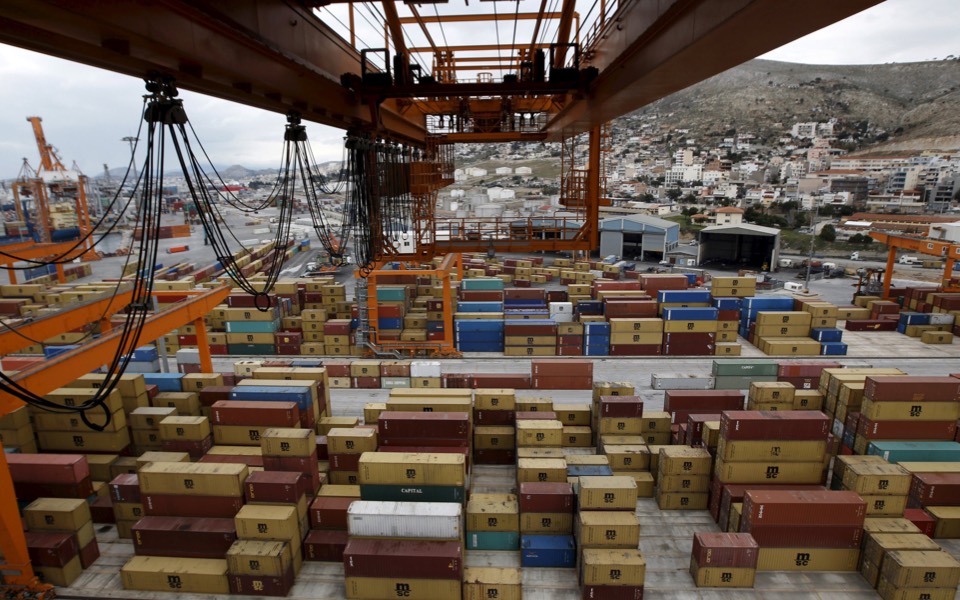Transport costs shooting up

Soaring transport costs not only threaten the profit margins of companies dependent on imported products, parts and raw materials, but could also rekindle inflation.
The great disruptions in the global supply chain, starting with the near halt in global trade in the first phase of the Covid-19 pandemic in 2020 and the subsequent rise in demand when economies started to come out from under lockdown, have led to sea transport costs rising up to tenfold on routes such as from Asia to Europe.
The transport cost per TEU (twenty-foot equivalent unit) has risen from $1,000 to $12,000 in the past year.
Big Greek companies are already feeling the pressure on their costs, especially in low-value items.
A couple of months ago, the CEO of listed firm Jumbo, a company that imports large volumes of household items and toys from China, warned the shareholders’ general assembly of the rising costs. Companies such as electrical appliances and electronic goods retailer Kotsovolos have also warned that if the current situation continues, it will lead either to price hikes or shortages of products.
Transport costs disproportionally affect cheap but large-volume products such as washing machines and other electrical appliances, especially those imported from Asia. In some cases, the markup in transport costs has reached 1,000%. Thus, Greek companies have cut down on such imports and product shortages are expected soon as inventories are depleted.
The Athens and Piraeus chambers of commerce and industry, as well as the Research Institute of Retail Consumer Goods, have alerted authorities to the problem and asked for cuts in customs duties and taxes; they have also denounced international transport firms for profiteering.
The issue concerns all importers, irrespective of size. Large chain retailers such as Plaisio (mostly electronics), MediaMarkt (electronics and electrical appliances) and Leroy Merlin (home improvement) face the same problem as smaller retailers that import furniture, household goods, appliances and other goods from Asia. Manufacturers importing parts and raw materials from Asia are also feeling the pressure.





